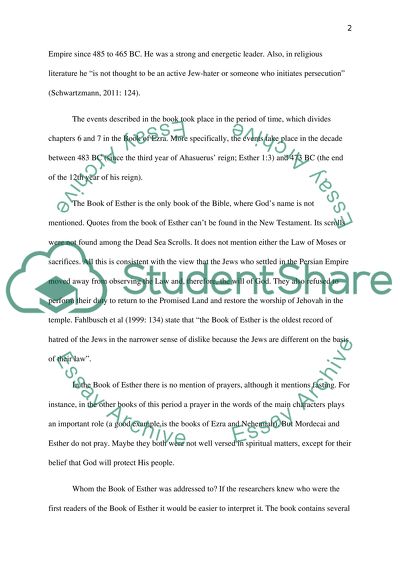Cite this document
(“The Book of Esther Religion and Theology Essay”, n.d.)
The Book of Esther Religion and Theology Essay. Retrieved from https://studentshare.org/religion-and-theology/1452416-the-book-of-esther-never-mentions-the-name-of
The Book of Esther Religion and Theology Essay. Retrieved from https://studentshare.org/religion-and-theology/1452416-the-book-of-esther-never-mentions-the-name-of
(The Book of Esther Religion and Theology Essay)
The Book of Esther Religion and Theology Essay. https://studentshare.org/religion-and-theology/1452416-the-book-of-esther-never-mentions-the-name-of.
The Book of Esther Religion and Theology Essay. https://studentshare.org/religion-and-theology/1452416-the-book-of-esther-never-mentions-the-name-of.
“The Book of Esther Religion and Theology Essay”, n.d. https://studentshare.org/religion-and-theology/1452416-the-book-of-esther-never-mentions-the-name-of.


